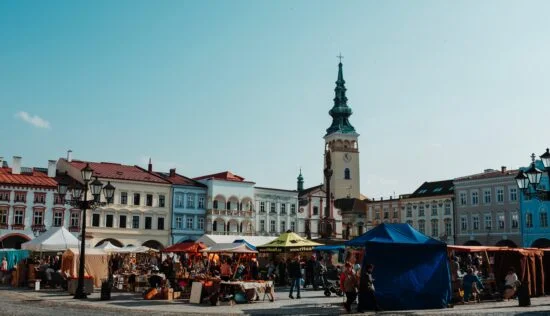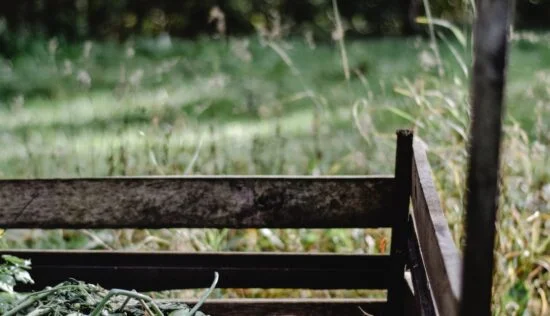In view of the EU-wide mandatory separate collection of textile waste as of 2025, municipalities have the chance to align textile collection with the waste hierarchy and support a system of local reuse, particularly for clothing. This paper provides municipalities with an overview of good practices and lessons learned from the separate collection of textile waste across Europe.
An optimised collection system can support the implementation of local zero waste solutions. While there is no one-size-fits-all solution, we have identified key success factors, including adopting the collection method to the needs of citizens, mandating quality sorting for reuse, promoting local reuse, and setting up a good governance structure. The governance of the system should seek to integrate the local collection and reuse into the wider policy framework and link social policies with circular economy objectives.
Municipalities hold key levers to steer the system towards local reuse by requiring collectors to generate and report data as well as set performance indicators in line with the waste hierarchy. Finally, the system must anticipate the introduction of the EU-wide introduction of the Extended Producer Responsibility (EPR) scheme for textiles, which is currently being negotiated at the EU level and is likely to become mandatory in all Member States after 2027.
Available in English.




